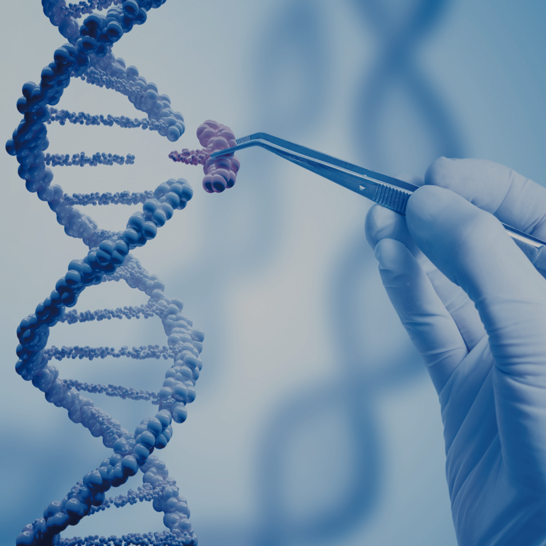Background
Bone defects caused by trauma or tumors present a major clinical challenge. Regeneration relies on bone marrow mesenchymal stem cells (BMSCs), making rapid induction of osteogenic differentiation a key goal for biomaterial design. Previous studies have indicated that biomaterial topography can enhance BMSC osteogenesis by modulating the cytoskeleton and nuclear morphology; however, the underlying molecular mechanisms remain unclear.
Study Overview
On August 12, 2025, Shengjie Jiang and colleagues from Prof. Kaili Lin’s group at the Ninth People's Hospital, Shanghai Jiao Tong University, published a study in Advanced Fiber Materials, revealing how topographical cues drive osteogenesis. They demonstrated that aligned electrospun fibers enhance bone regeneration by remodeling cellular and nuclear morphology via the Rap1/YAP signaling pathway.

BiOligo Universal SYBR Green Mix (SM0101) was used for RT-qPCR validation of osteogenesis-related gene expression.
Key Findings
1. Aligned Topography Activates Rap1 Signaling
The team fabricated polylactic acid (PLA) fiber membranes with different topographies (aligned vs. random) to study their effects on BMSCs. Aligned fibers significantly upregulated osteogenic genes (Alp, Runx2, Bmp2, Opn, and Bsp) compared with random and control fibers. RNA sequencing identified the Rap1 pathway as central to the osteogenic response induced by alignment.

Rap1 Signaling Pathway
BMSCs sense the aligned microenvironment, triggering membrane stretching and activation of the p130Cas/Crk/C3G cascade, which converts Rap1 to its active form. Active Rap1 regulates the actin cytoskeleton, focal adhesions, and MAPK signaling, facilitating osteogenesis.
2. Rap1 Mediates Morphology-Driven Osteogenic Enhancement
Upstream phosphorylation of p130Cas and Crk was elevated in the aligned fiber group, accompanied by increased Rapgef1 and GTP-Rap1. Downstream, osteogenic regulators p-p38 and p-ERK were highly expressed. These findings indicate that aligned fibers drive cytoskeletal remodeling via Rap1 signaling, enhancing osteogenic differentiation.
3. Nuclear Remodeling Promotes Osteogenesis via YAP
Yes-associated protein (YAP) is a mechanosensitive transcription coactivator whose nuclear localization is crucial for function. Aligned fibers induced cytoskeletal rearrangement and changes in contractility, causing nuclear deformation and chromatin condensation. This enhanced YAP nuclear translocation promotes osteogenic gene expression.

YAP Immunofluorescence Staining
In a rat calvarial defect model, aligned fibers yielded the largest and thickest new bone formation, with high expression of late-stage markers OPN and OCN, confirming the in vivo bone regeneration effect of topography.
Conclusion
This study demonstrates that biomaterial topography enhances bone regeneration by coordinating cellular and nuclear morphology. The p130Cas/Crk/Rap1 cascade and YAP nuclear translocation mediate this process, showing that aligned electrospun fibers can promote osteogenesis through cytoskeletal and nuclear remodeling. These insights provide valuable guidance for designing next-generation bone repair materials.
Product Highlight
BiOligo® Universal SYBR Green Mix (SM0101)
1. High Efficiency: Robust amplification across diverse target lengths.
2. Accurate Quantification: Stable pre-mixed formulation enables precise measurement.
3. Broad Compatibility: Dye-based mix with ROX reference, suitable for most qPCR instruments.
For more detailed product specifications and to place an order, please visit the product page: Link.




